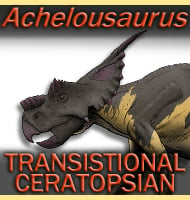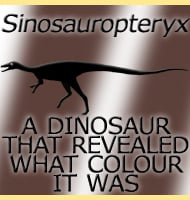Alcovasaurus
In Depth In 1914 the palaeontologist Charles Whitney Gilmore described a new species of Stegosaurus which he named S. longispinus. The name was chosen as a reflection of the unusually large tail spines that were much longer than those seen in other Stegosaurus fossils. For many years however the validity of S. longispinus was called … Read more


